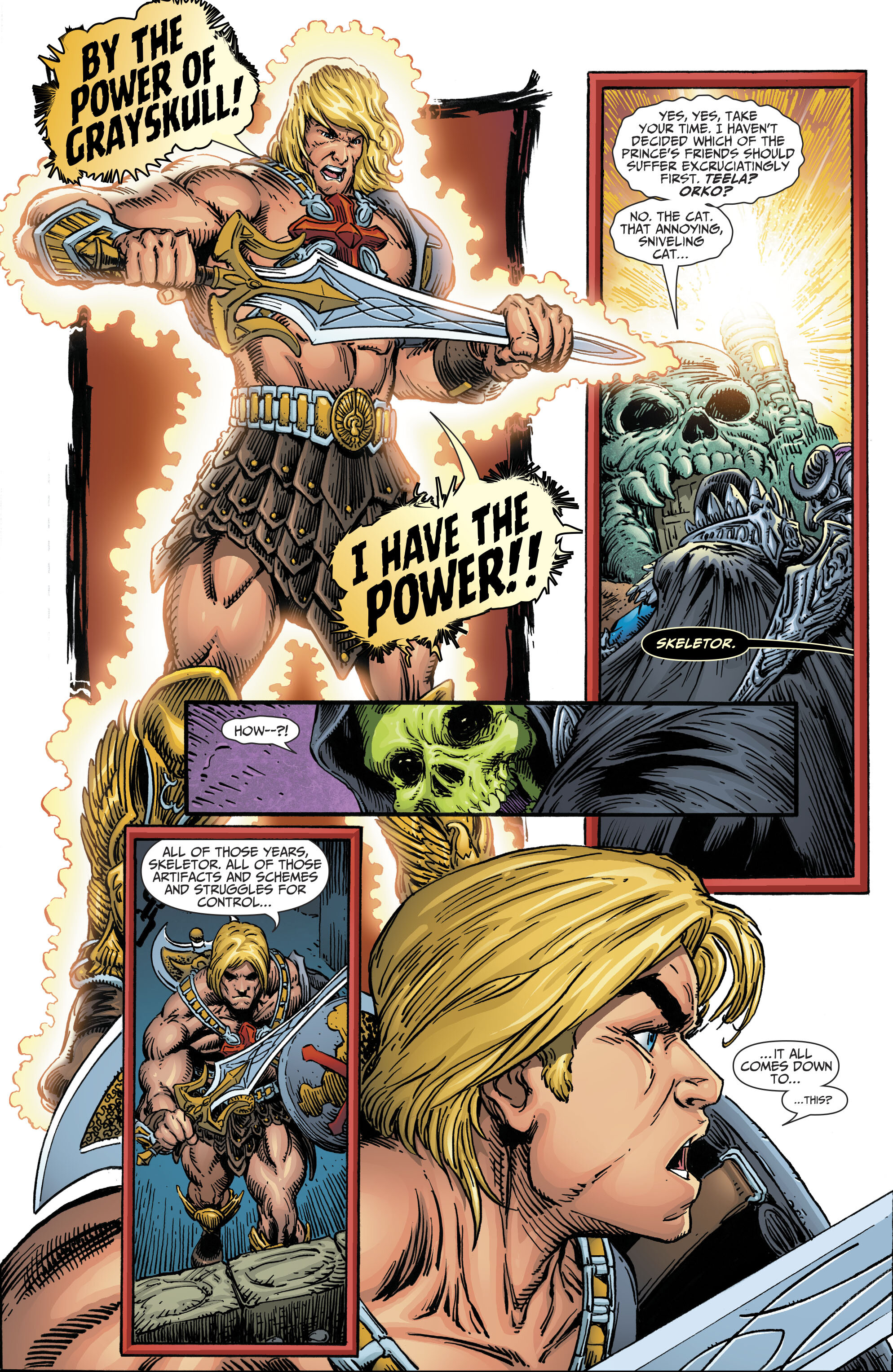He-Man and the Masters of the Multiverse #1 // Review
Nothing original happens in He-Man and the Masters of the Multiverse #1. Let’s get that out of the way right now. If you’ve read Crisis on Infinite Earths or 2015’s Secret Wars, you’ve seen this story done better. If you’ve seen Spider-Man: Into the Spider-Verse or even watched the Arrowverse shows on the CW, you’ve seen these themes explored more interestingly. But if you’re a fan of He-Man--and He-Man has many fans, as the property is close to 40 years old--you’ll enjoy this comic anyway.
The story opens as first Skeletor and then He-Man himself are taken down by an evil alternate universe doppelganger of He-Man called Anti-He-Man. The story shifts then to that He-Man’s universe, where of course Keldor--Prince Adam’s uncle who in other worlds is doomed to become Skeletor--is a hero, sort of. Keldor is recruited by two different alternate universe versions of He-Man to stop Anti-He-Man from destroying the multiverse.
Tim Seeley has been writing He-Man stories for quite some time, and his knowledge of Masters of the Universe lore is on display here. The villain, Anti-He-Man, originated in an obscure German audio drama in the 1980s. The versions of He-Man who recruit Keldor are the version from the Dolph Lundgren film and, improbably, the star of the He-Man: Tappers of the Universe mobile game. Unfortunately, Seeley’s energy seems to be more focused on MOTU deep cuts than on an original story.
The art, by penciler Dan Fraga and inker Richard Friend, is serviceable. Fraga’s style is reminiscent of a low-rent Brett Booth, and the panel layouts are at least not confusing. The coloring by Matt Yackey is garish, but that’s appropriate for a He-Man story (the Masters of the Universe were not known for their subtlety). Saida Tomofonte’s lettering can at times overwhelm the page, but that’s likely more a problem with the exposition-heavy script than the lettering itself.
And yet, despite all of these flaws, He-Man and the Masters of the Multiverse #1 still has a certain charm. Perhaps it’s because the book refuses to take itself too seriously. Maybe it’s just the nostalgia factor of seeing all these obscure characters--Gwildor! The mutants from The New Adventures of He-Man!--in one place. It’s not a good comic, by any means, but it’s still entertaining.










